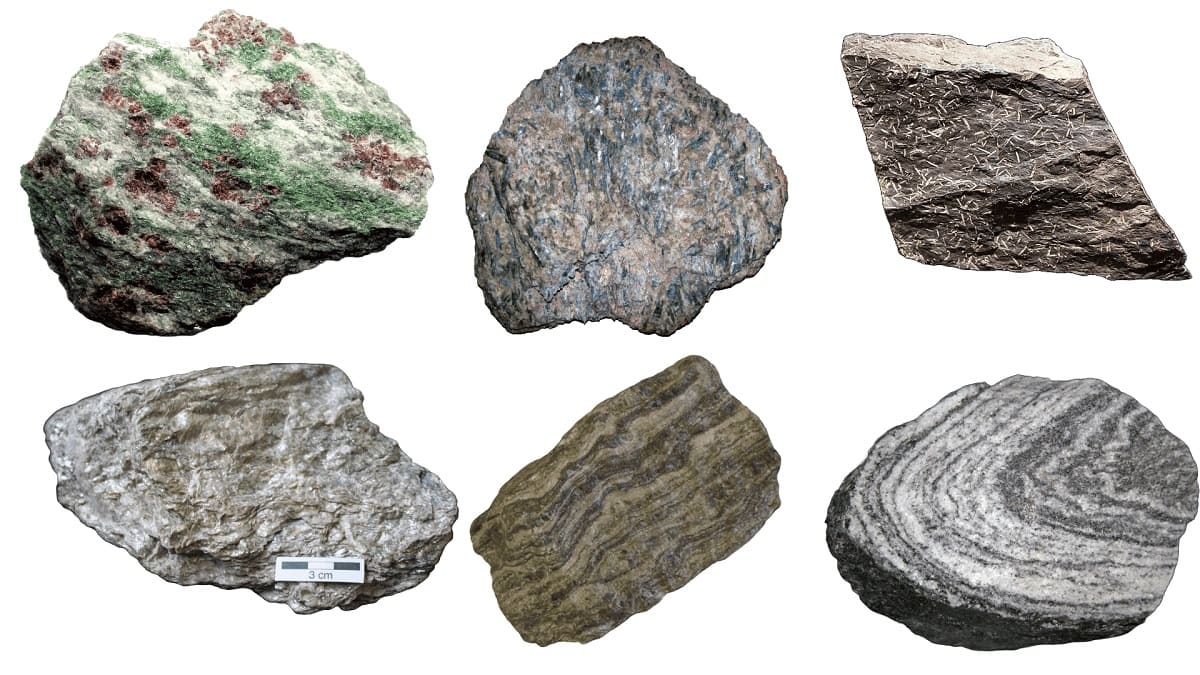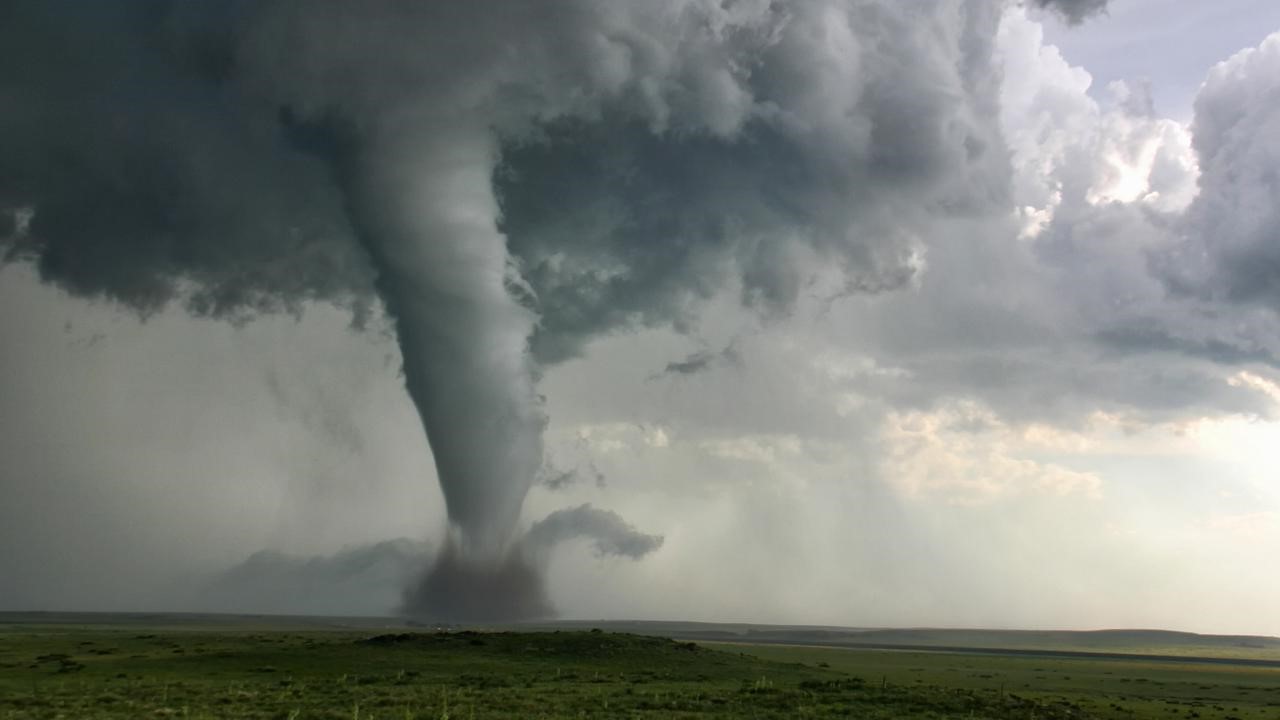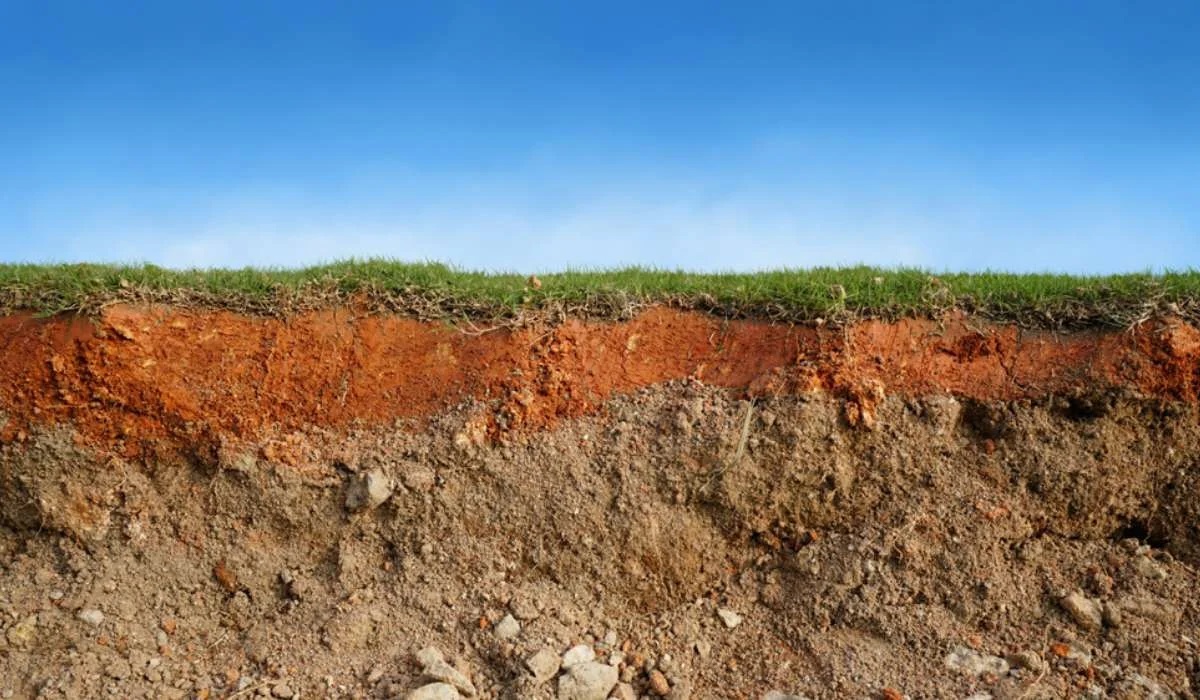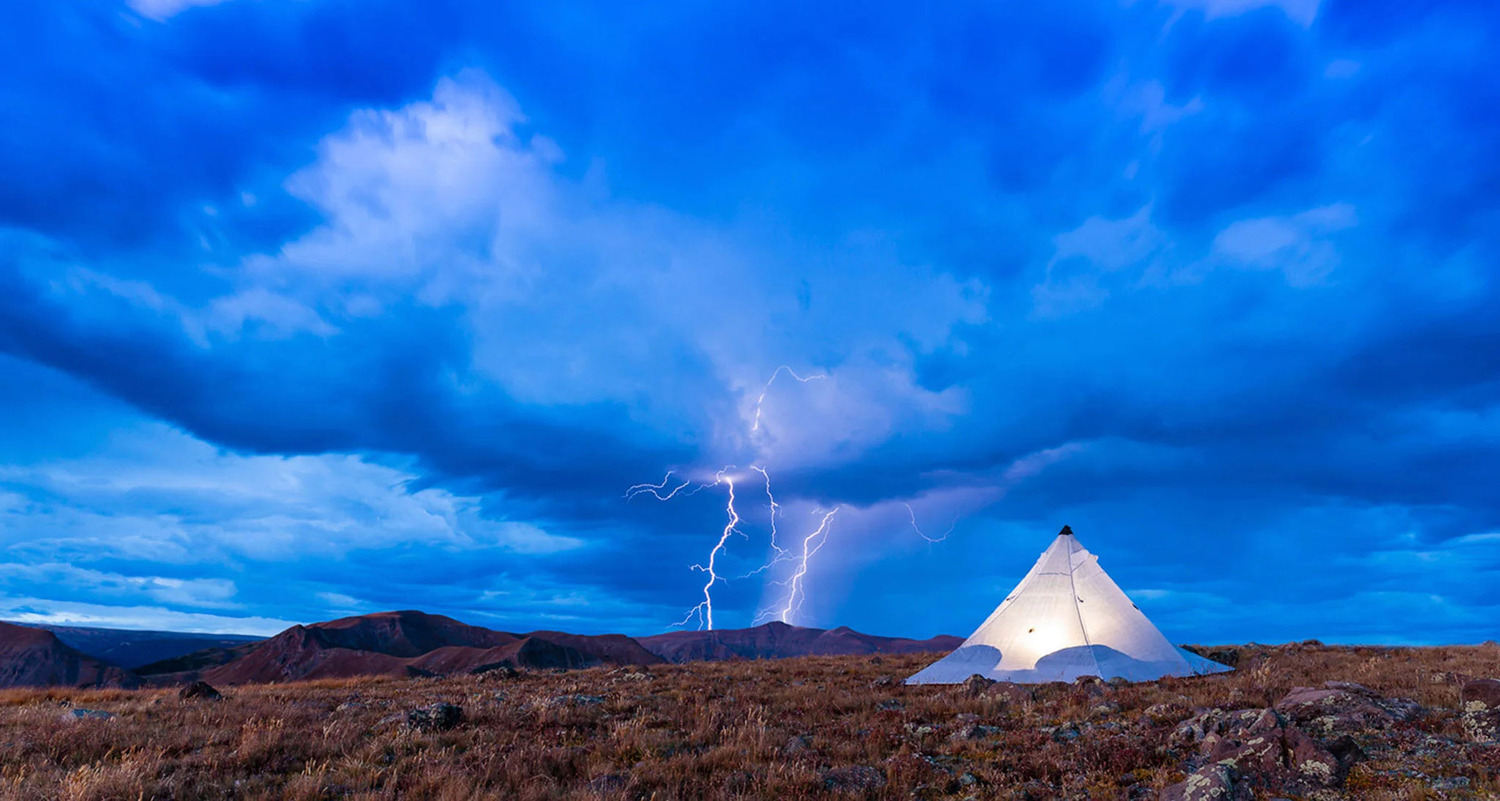Home>Weather and Climate>Cloud Formation Simplified
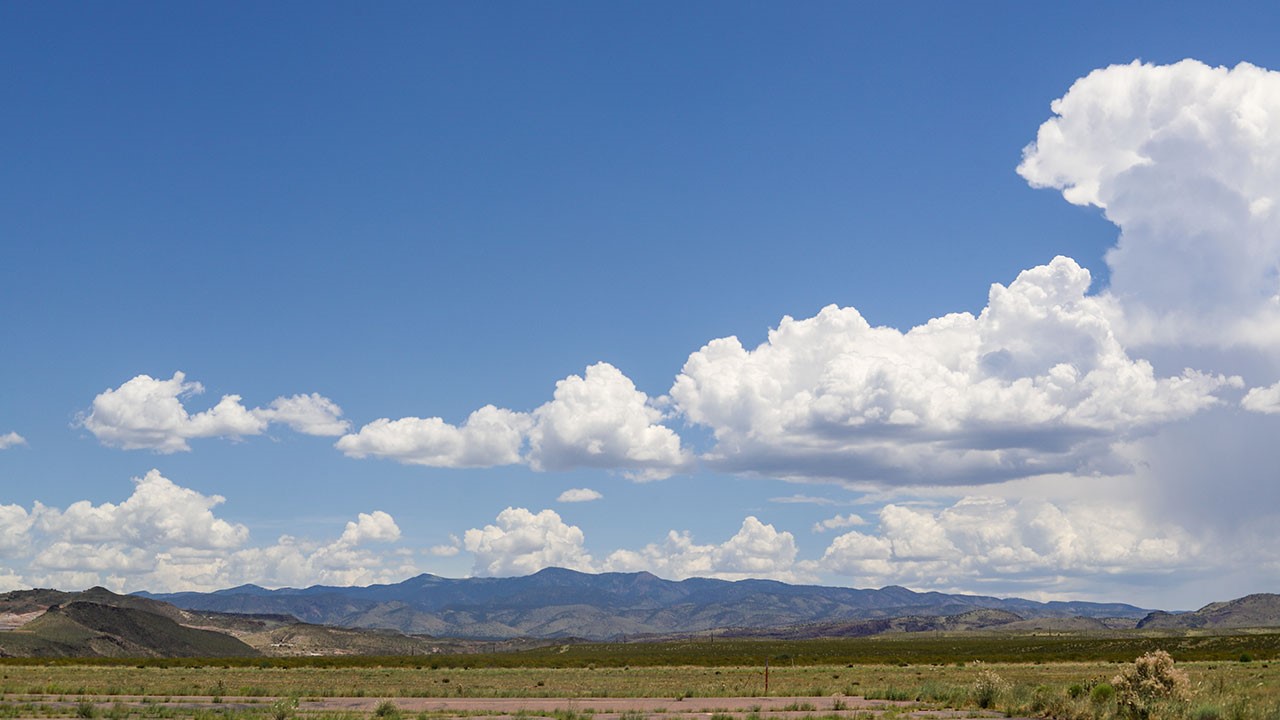

Weather and Climate
Cloud Formation Simplified
Published: April 30, 2024
Learn about the formation process of clouds in this comprehensive guide. Explore the intricate relationship between weather and climate.
(Many of the links in this article redirect to a specific reviewed product. Your purchase of these products through affiliate links helps to generate commission for Temperatures.com, at no extra cost. Learn more)
I’ve always been fascinated with how clouds form. It feels like magic, but science explains this process beautifully. Let’s dive into it. Clouds start their life when water vapor in the air cools down and condenses into water droplets or ice crystals. For this transformation, you need two key ingredients: moisture and a drop in temperature.
Imagine warm air rising into the sky; as it climbs, the air expands and cools. Now, cool air can’t hold as much water vapor as warm air, so excess vapor condenses around tiny particles, like dust or sea salt, floating in the atmosphere. These particles serve as nuclei for condensation.
Once enough water vapor gathers around these nuclei, voila, a cloud is born. Depending on various factors such as temperature, altitude, and the amount of water vapor available, clouds can take on an array of shapes, sizes, and types. From fluffy cumulus clouds dotting a clear blue sky to ominous storm-bearing cumulonimbus giants, each cloud tells a story of the atmospheric conditions at play.
So, next time you’re gazing up at the sky, remember the intricate dance of elements that creates those mesmerizing shapes above us. Cloud formation, in essence, is nature’s artistry at work, painting the sky with vapors and inviting us to pause and marvel.
